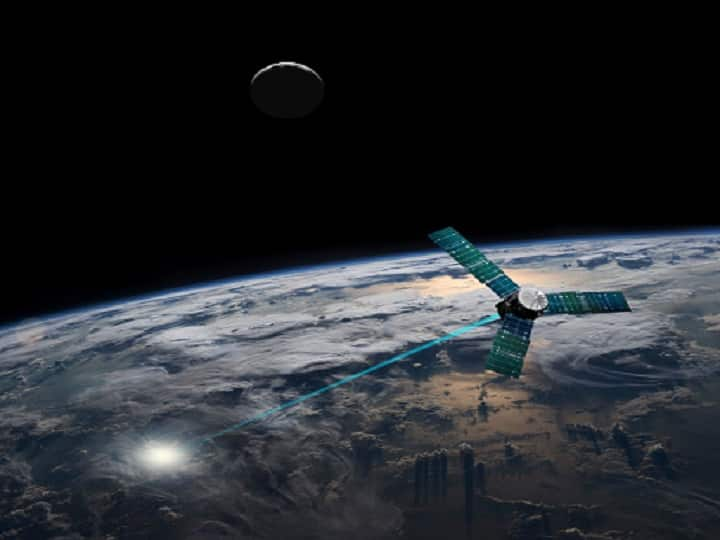Russia and China have come together to develop a Joint International Lunar Research Station (ILRS) which basically involves a plan to build research facilities both on the Moon and in orbit.
While unveiling the details of the lunar station, the countries revealed that the agreement for this collaboration was signed back in March of this year, adding 2035 as the aimed year of completion.
The China National Space Agency(CNSA) and its Russian counterpart Roscosmos are now looking for collaborations with other countries to invite them for comprehensive scientific experiments base on the lunar surface. In the follow-up of this, Chinese and Russian space officials revealed a few days ago that the international research system has received interest from several different countries and organizations.
Wu Yanhua, deputy head of the China National Space Administration (CNSA), introduced the science objectives, facilities and transportation, lunar surface infrastructure, development phases, and cooperation frameworks for the venture.
The work for the international moon base will go on in different phases and different stages in each phase. The first phase of ILRS will be from 2021-2025. The second or the “construction” phase will go on from 2026 to 2035, which is further divided into two stages: one from 2026-2030 and the second from 2031-2035.
According to SpaceNews, the first phase will involve gathering data and verifying high-precision soft-landings. The second phase will involve technology verifications, sample return, massive cargo delivery, and the start of joint operations, for the first stage and completing on-orbit and surface infrastructure for energy, communications, in-situ resource utilization, and other technologies, for the second stage.
India, Russia, China, and the US are believed to be on the same level of development by several lunar missions. Thus, with China and Russia forming a team, the race to explore the moon has only tightened.







0 Comments